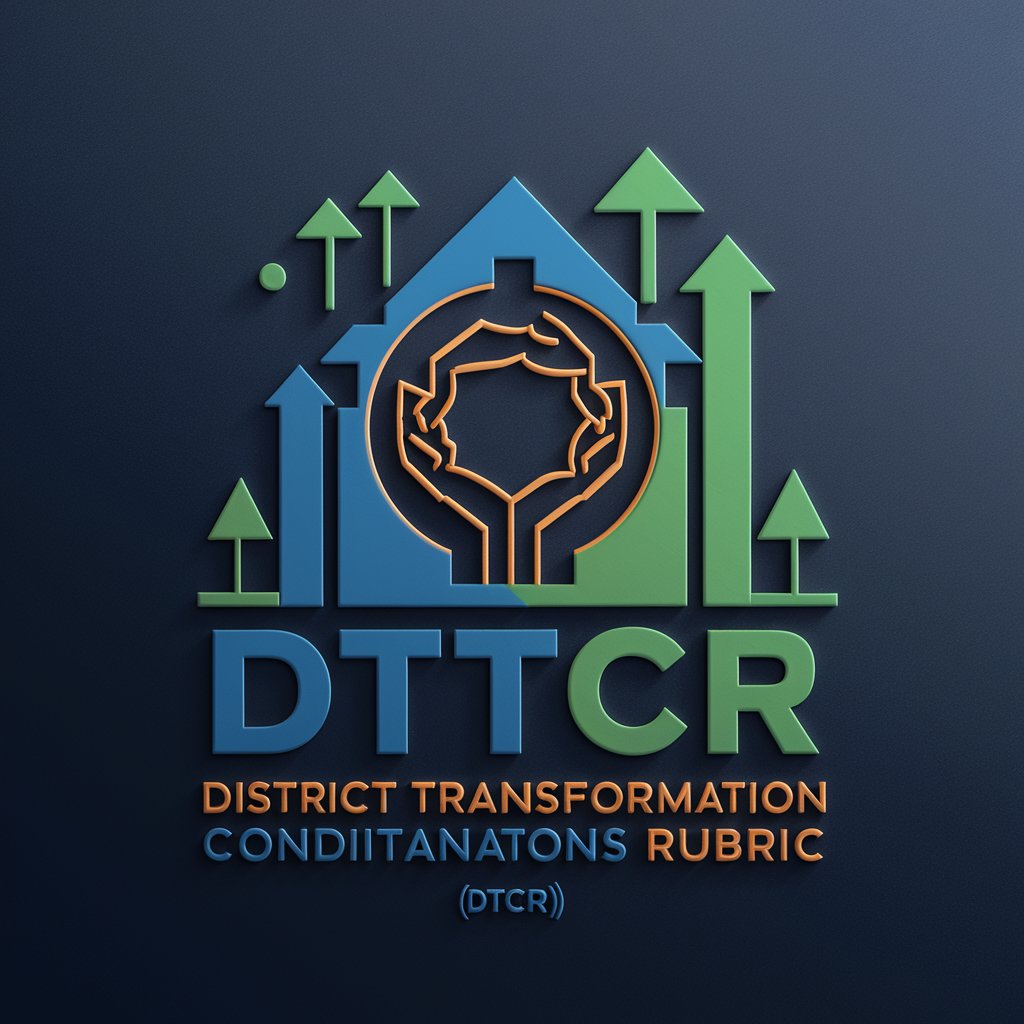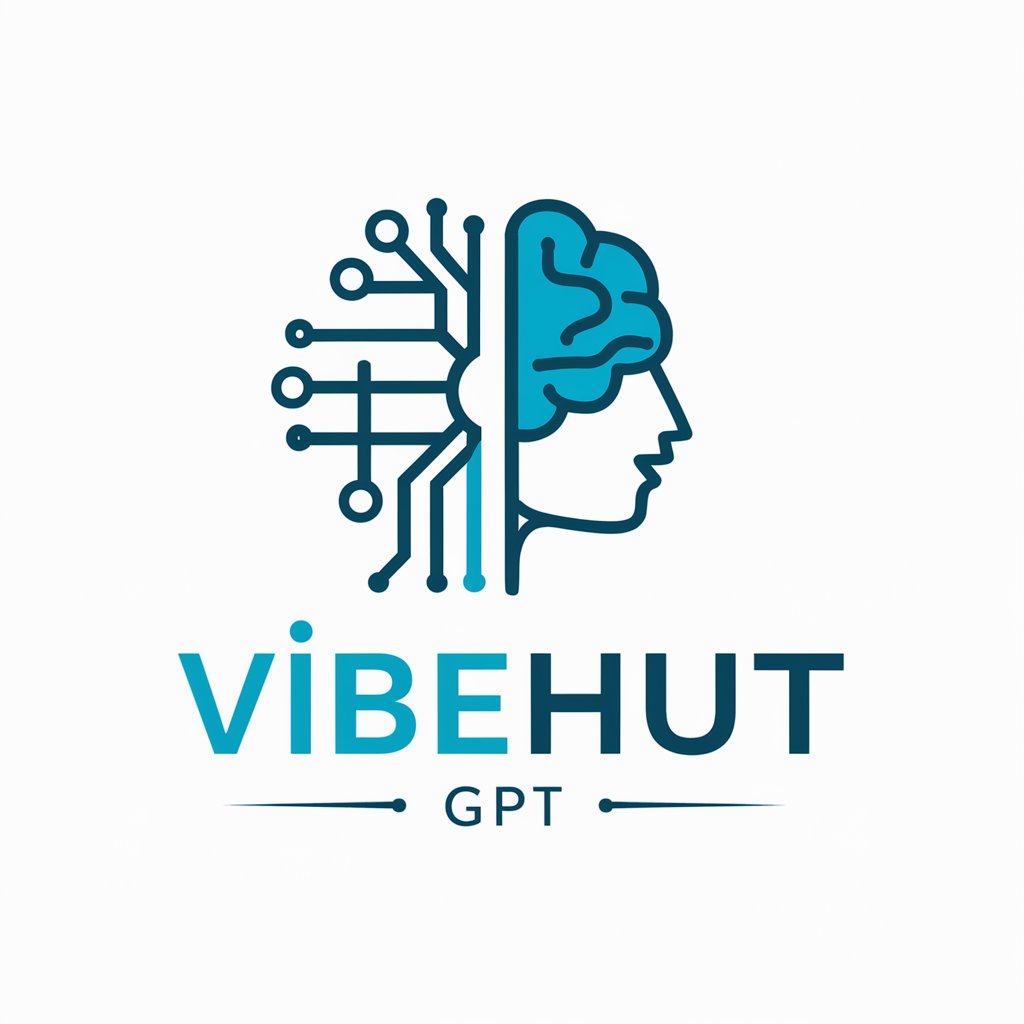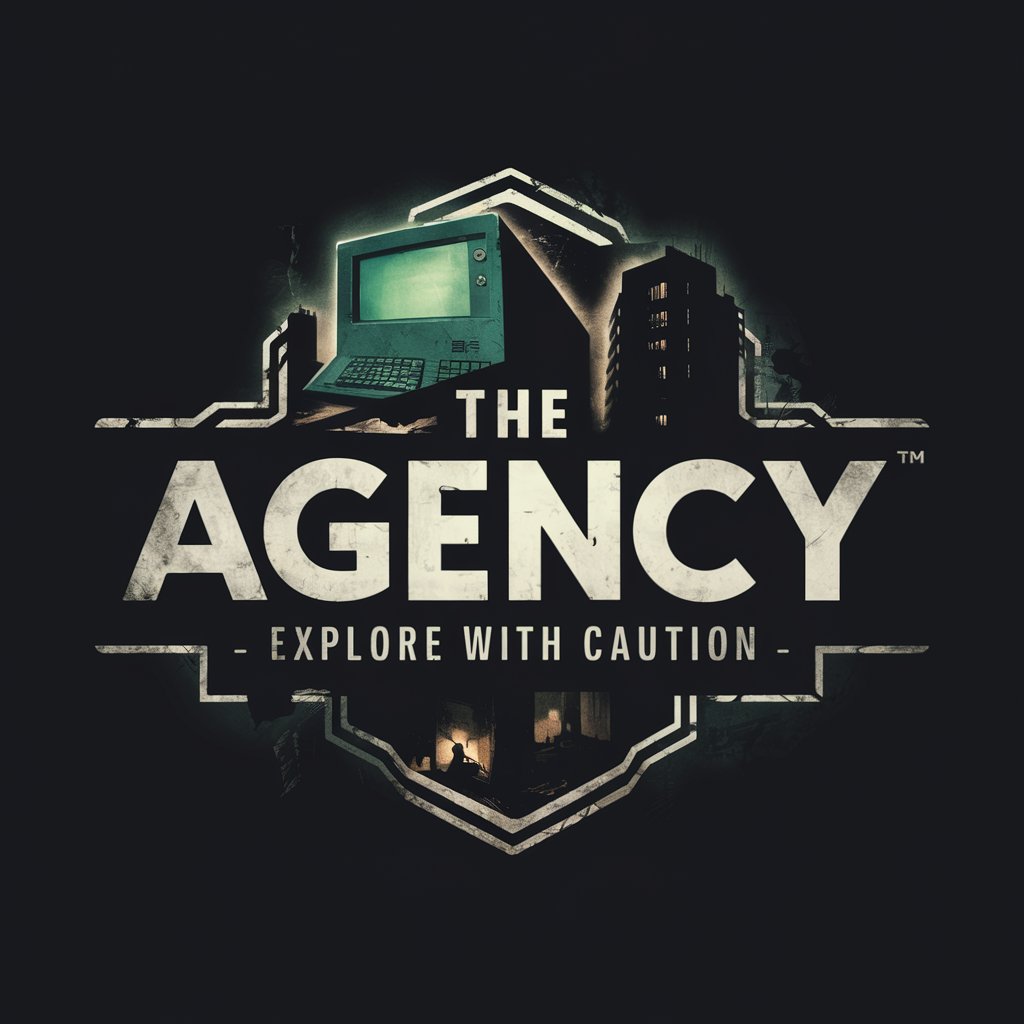
OKCPS District Transformation Conditions Rubric - Guide for District Transformation

Welcome to the DTCR Knowledge Base.
AI-driven Education Transformation Aid
Explain how to effectively use the DTCR to identify priority areas for educational improvement.
Provide strategies for fostering a collaborative culture using the DTCR framework.
Describe the key components of an effective assessment strategy according to the DTCR.
Discuss the importance of leadership and accountability in the DTCR and how they impact school transformation.
Get Embed Code
Introduction to OKCPS District Transformation Conditions Rubric
The OKCPS District Transformation Conditions Rubric (DTCR) is designed to guide school districts through a systematic evaluation and transformation process. It emphasizes the key conditions that research and practice suggest are most crucial for meaningful educational transformation. The rubric helps district leaders assess their current state, set priorities, and strategically plan interventions. This process involves a reflection dialogue, priority setting, and adaptation of strategies in alignment with transformation goals. For example, a district may use the DTCR to determine its level of readiness and implementation across various domains like leadership, accountability, and instructional infrastructure, guiding them towards targeted improvements. Powered by ChatGPT-4o。

Main Functions of OKCPS District Transformation Conditions Rubric
Reflection and Assessment
Example
A district can reflect on its leadership capacity and the effectiveness of its support structures by using the rubric to assess their current levels from 0 (pre-entry) to 4 (aspirational goals), providing a clear framework for growth.
Scenario
In an annual review, a school district uses the rubric to evaluate its progress in 'Systems for Bold Change and Transformation', identifying strengths and areas for immediate improvement.
Priority Setting and Strategic Planning
Example
Districts identify key 'big rocks' or critical focus areas each semester, using the rubric to maintain alignment with their transformation goals and strategic educational priorities.
Scenario
A district identifies improving 'Instructional Infrastructure' as a priority and uses the rubric to guide the development of a more coherent assessment strategy.
Progress Monitoring and Adaptation
Example
The rubric facilitates ongoing monitoring and adaptation by providing data points that help measure progress in implementing transformation conditions effectively.
Scenario
Midway through the school year, a district reviews its advancement in 'Tight/Loose Defined Principal Autonomy', adjusting strategies to better empower school leaders based on rubric insights.
Ideal Users of OKCPS District Transformation Conditions Rubric
District Executives and School Boards
These leaders use the DTCR to establish and prioritize transformation initiatives, ensuring alignment with broader educational goals and equitable resource distribution.
School Principals and Leadership Teams
This group utilizes the rubric to drive school-specific changes, aligning their school improvement plans with district transformation goals and leveraging the rubric for support and accountability frameworks.
Educational Partners and Stakeholders
Partners such as educational nonprofits and community groups engage with the rubric to understand the district's transformation journey and to align their support efforts with identified needs and priorities.

Steps to Use the OKCPS District Transformation Conditions Rubric
1
Start by visiting yeschat.ai for a free trial, no login or subscription needed.
2
Familiarize yourself with the rubric's structure, which includes five levels of implementation from 'Pre-Entry Commitments' to 'Aspiration'.
3
Select a domain such as System Leadership or Instructional Infrastructure and assess your current level using the detailed descriptions provided.
4
Utilize the rubric to identify areas of strength and priority areas for improvement, setting actionable goals for advancing through the levels.
5
Regularly review and update your assessments to reflect progress and re-align strategies as needed to ensure continuous improvement.
Try other advanced and practical GPTs
Marcus Aurelius
Empowering Stoic Wisdom through AI

Vibehut GPT
Empowering Answers with AI

Demiurge Advisor
Elevate Decision-Making with AI

Demiurge
Empowering Creativity with AI

Visual Storyteller
Bringing Stories to Life with AI

Florence
Empowering with AI-driven insights

Haiku For You
Bringing Poetry and Art to Life with AI

Research Brief Creator V3
AI-Powered Research Briefing at Your Fingertips

Scrappy Web Scrammer
AI-Driven Web Scraping Simplified

Retirement Tax Advisor
Smart Tax Advice for Smarter Retirement

The Agency - Explore with Caution
Explore, Solve, Uncover: AI-Powered Adventure

Baffled King
Discover Depth in Dialogue

FAQs about the OKCPS District Transformation Conditions Rubric
What is the purpose of the OKCPS District Transformation Conditions Rubric?
The rubric is designed to help district partners articulate and measure the conditions critical for transformation success, encouraging reflection, priority setting, and adaptation during implementation.
How is the rubric structured?
The rubric outlines five levels of implementation for each transformation condition, from initial conditions (Level 0) to full implementation and success (Level 4).
Can the rubric be adapted to different districts?
Yes, the rubric is intended to be flexible and adaptable to different contexts, allowing districts to tailor its use according to their unique challenges and priorities.
How often should the rubric be used?
It's recommended to use the rubric at strategic points throughout the partnership with PLE, such as at the beginning of a planning year or when assessing progress towards transformation goals.
What support is available for using the rubric?
The PLE team provides support by rating districts and offering guidance on how to use the rubric effectively to drive system-wide improvement efforts.